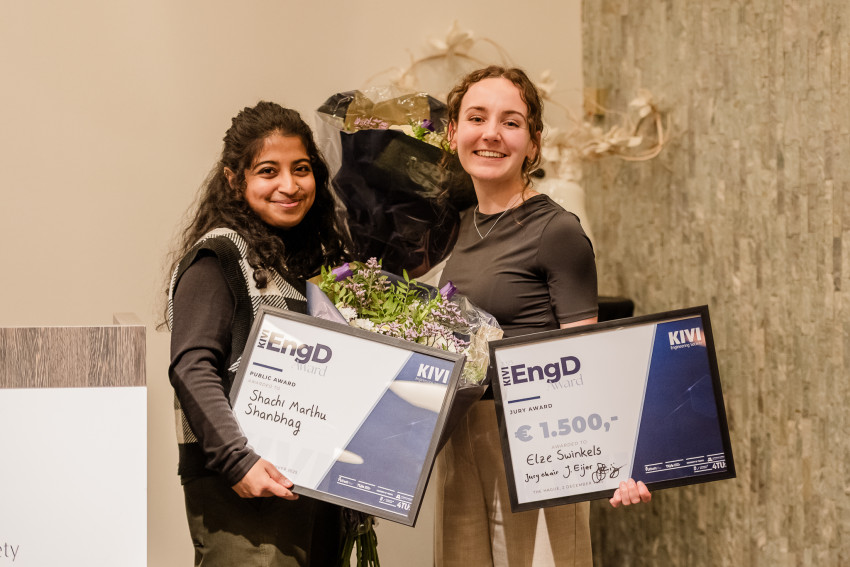
Netherlands second on the world innovation list
The Netherlands has risen to second place on the Global Innovation Index, beaten only by Switzerland. For the first time, China is one of the 20 most innovative countries.
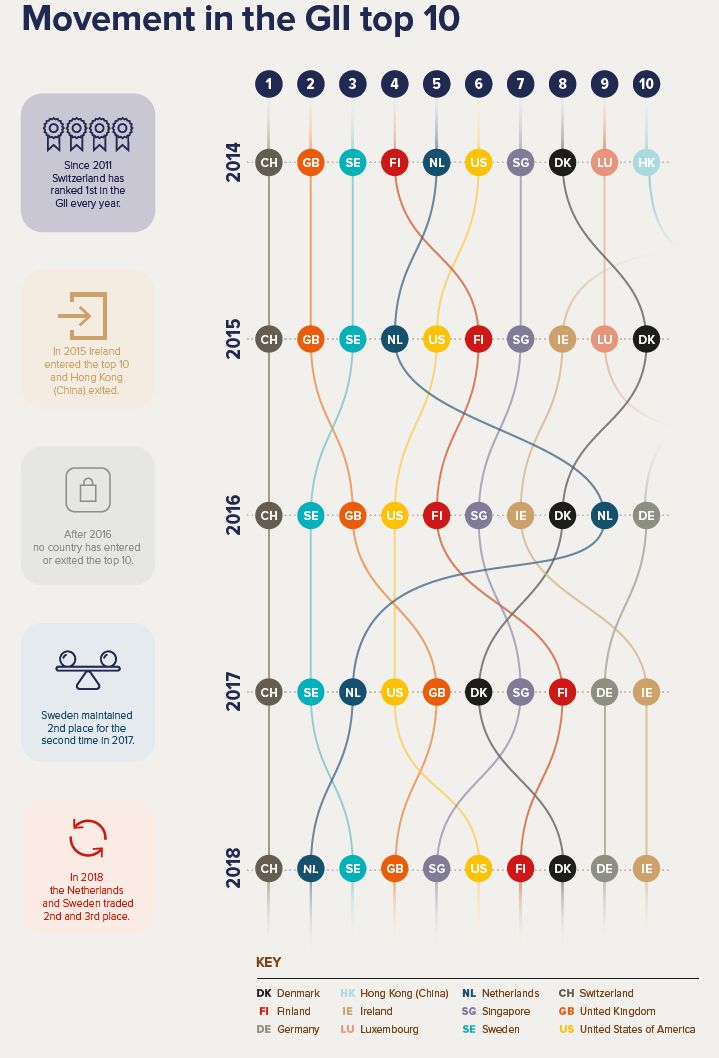
The high score achieved by the Netherlands is mainly due to aspects such as education, infrastructure (including ICT), cooperation between universities and business, the development of innovation clusters, the exploitation of knowledge and intellectual property, the development of ICT services, and online creativity.
The index also indicates some weaknesses in the Netherlands. Education may be good in general, but classes in secondary education are relatively large, and there are relatively few students in science and engineering courses.
The Netherlands has been in the top 10 for years, but this is the first time it has reached second place. Incidentally, the changes are not the result of any major shifts, as the differences between the top countries are small.
Comprehensive index
The Global Innovation Index 2018 report was published yesterday. The index, which is now in its eleventh year, covers 126 countries, which house 90% of the world's population.
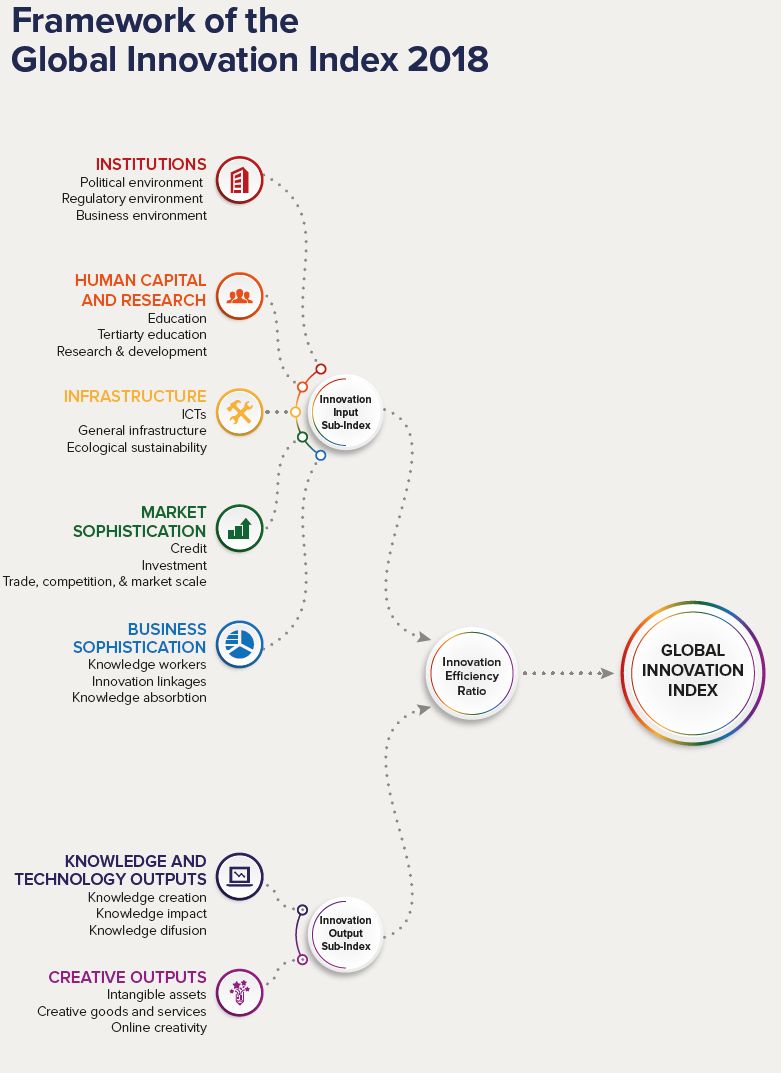
The index looks at a lot of factors, and distinguishes between innovation input and innovation output. This input includes aspects such as the labour market, education, investment in research and the financial structure. The output considers the number of knowledge workers, use of knowledge, number of patents, new business activity, and the degree of creativity. The index is compiled by Cornell University, INSEAD, and the World Intellectual Property Organization (WIPO).
China makes an appearance
For the first time, China is now one of the twenty most innovative countries. This confirms the ambitions of China's political leaders to not only be the world’s factory when it comes to making products designed elsewhere, but also to develop innovations in-country. Other notable climbers on the list are Malaysia, India, Iran, Mexico, Thailand and Vietnam.
Europe scores highly
The high scores achieved on the index by European countries, including the EU as a whole, are striking. The list therefore counters the often-heard lamentations about Europe’s innovation deficit.
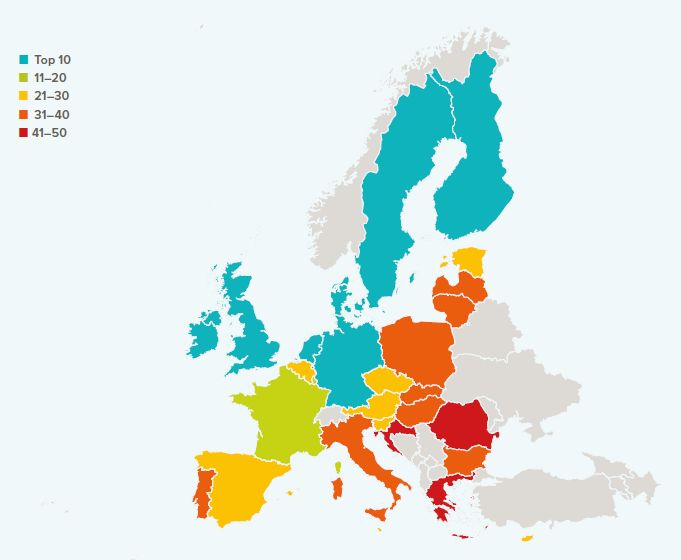
Poorer countries score lower
For the index as a whole, the more prosperous a country is, the better its score. That makes it much more difficult for poorer countries to finish higher up the list than richer ones.
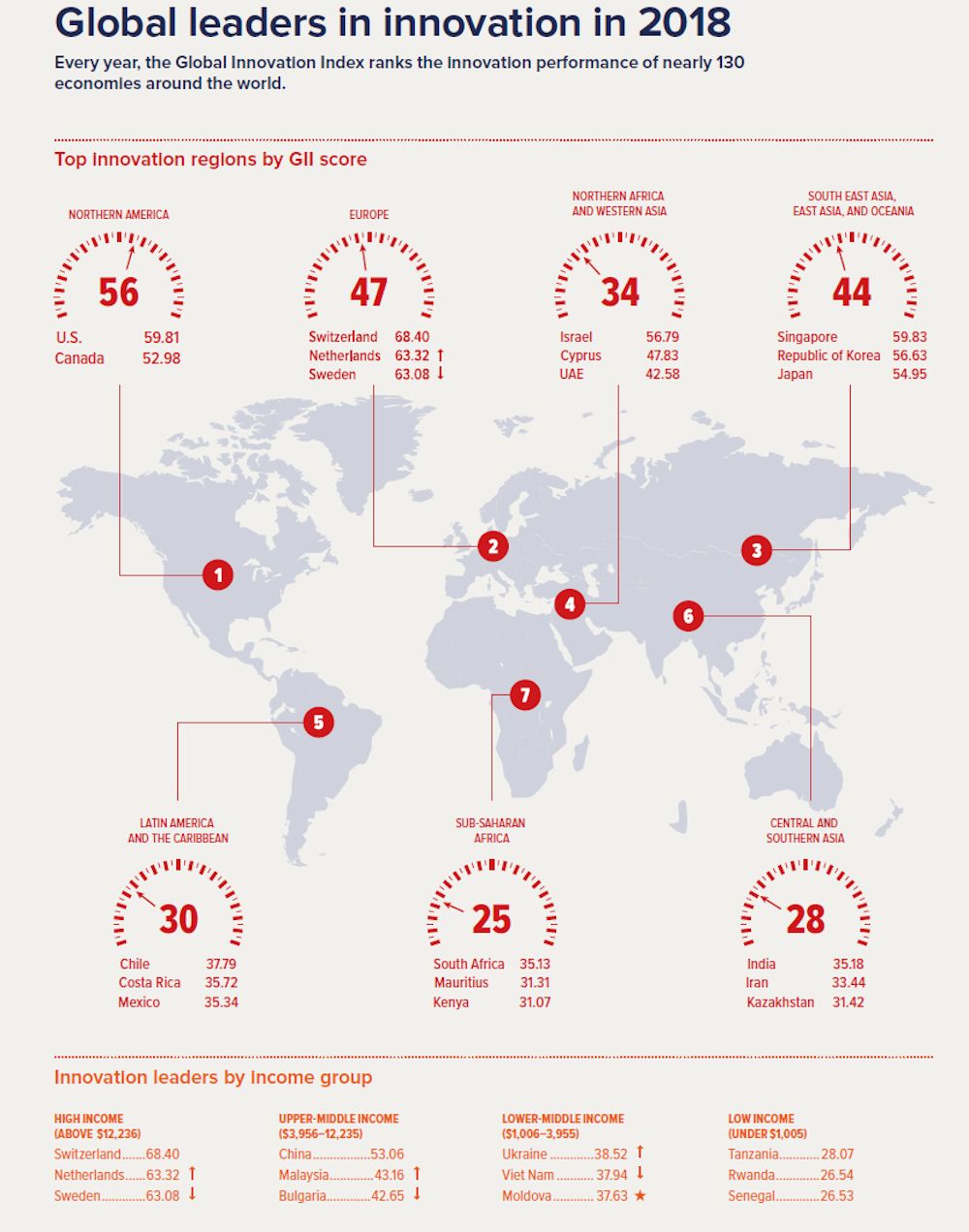
A subclassification has therefore been made according to how affluent a country is. China has the best score for those with an upper-middle income, followed by Malaysia and Bulgaria. Top countries with a lower-middle income are Ukraine, Vietnam and Moldova, while Tanzania, Rwanda and Senegal lead the countries with a low income.
In addition, the index reveals a list of countries that score relatively high in view of their prosperity. This list includes African countries such as Kenya, Rwanda, Mozambique, and other countries such as Ukraine, Moldova and Georgia.
Amsterdam-Rotterdam cluster
The index also looked at the role of regional clusters. The top scores, in order, are Tokyo-Yokohama (Japan), Shenzhen-Hong Kong (China), Seoul (South Korea), San Jose-San Francisco (USA), and Beijing (China). There are two Dutch clusters in the top 50: Amsterdam-Rotterdam in 17th place and Eindhoven in 29th place.
If you found this article interesting, subscribe for free to our weekly newsletter!
Opening image: Depositphotos




